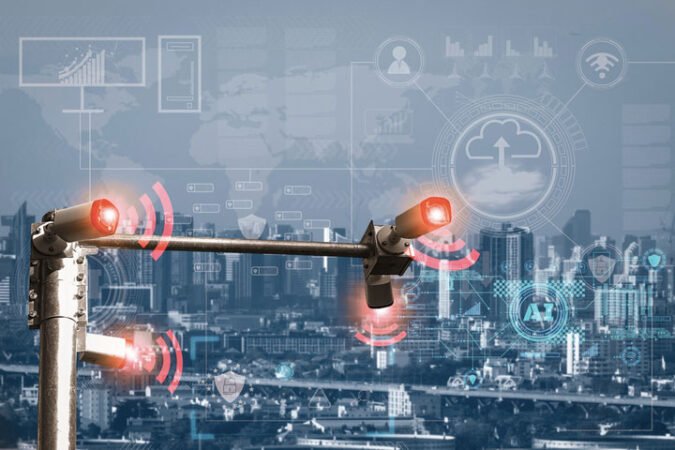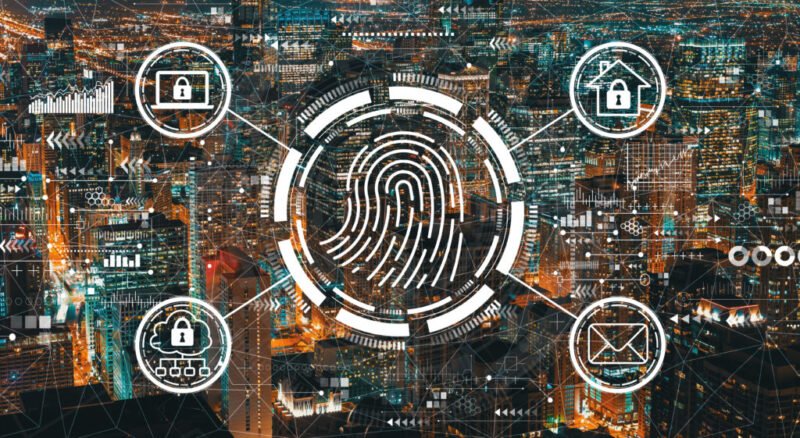A Comprehensive Overview of Intelligence Gathering Methods: HUMINT, SIGINT, IMINT, and OSINT

This comprehensive explainer offers a deep dive into the four main methods of intelligence gathering: Human Intelligence (HUMINT), Signals Intelligence (SIGINT), Imagery Intelligence (IMINT), and Open-Source Intelligence (OSINT). Each method is explained in detail, highlighting its strengths and weaknesses, and the types of information it can provide. Through this guide, readers will gain a better understanding of the role each method plays in the intelligence-gathering process and the various ways that the information gathered can be used to support national security and foreign policy objectives. Whether you are a student of intelligence studies, a professional in the field, or simply interested in learning more about the intelligence community, this explainer provides a comprehensive and accessible overview of the world of intelligence gathering.
Human Intelligence (HUMINT)
Human Intelligence (HUMINT) refers to intelligence that is gathered through human interaction and communication. It is the oldest and most traditional form of intelligence gathering and refers to the collection of information through direct communication with individuals or by observing human behaviour. This type of intelligence is collected through a variety of methods, such as face-to-face interviews, wiretapping, and other forms of human observation.
HUMINT is considered to be a valuable source of intelligence because it provides insight into the thoughts, opinions, and intentions of individuals and groups, which can be difficult to obtain through other means. However, it can also be challenging to verify the accuracy of the information obtained through HUMINT, and it may be subject to manipulation or distortion by the individuals providing the information.
In military and intelligence communities, HUMINT is often used to gather information about foreign governments, political leaders, and potential threats, as well as to support military operations and peacekeeping efforts. In the broader sense, HUMINT can also refer to any intelligence gathered by individuals in their daily lives, including personal experiences, observations, and interactions with others.

Signals Intelligence (SIGINT)
Signals Intelligence (SIGINT) refers to the collection and analysis of information obtained from electronic signals and communication systems. This type of intelligence gathering includes intercepting, decoding, and analyzing various types of electronic signals, including radio, telephone, and internet communications.
SIGINT provides a wealth of information about a variety of subjects, including military capabilities, political intentions, and technological developments. It can be used to monitor foreign governments and militaries, track the movement of troops and supplies, and support military operations and intelligence missions.
SIGINT is a critical component of modern intelligence gathering, as electronic communication has become a dominant means of transmitting the information. The use of SIGINT has increased dramatically in recent years, as advances in technology have made it easier to intercept and analyze electronic signals from a distance.
SIGINT is not without its challenges. The vast amount of electronic signals that need to be analyzed can make it difficult to identify the most valuable information. Additionally, the increasing use of encryption and secure communication systems can make it more difficult for SIGINT collectors to access the information they are seeking.
It is a critical tool for military and intelligence agencies, as it provides valuable information to support national security and foreign policy objectives.

Imagery Intelligence (IMINT)
Imagery Intelligence (IMINT) refers to the collection and analysis of information obtained from photographs, videos, and other types of images. This type of intelligence is typically gathered using various types of cameras and other imaging technologies, such as satellites, unmanned aerial vehicles (UAVs), and reconnaissance aircraft.
IMINT provides a visual representation of a target or area of interest, allowing intelligence analysts to identify and assess physical features, structures, and activities. This information can be used to support military operations, monitor enemy movements, and assess the effectiveness of military strikes, among other things.
IMINT is a valuable source of information because it provides a direct, visual representation of a target or area. This can be particularly useful in situations where other forms of intelligence, such as HUMINT or SIGINT, may be limited or unreliable.
Like other forms of intelligence, IMINT also has its challenges. The interpretation of images can be subjective, and analysts must have a high degree of expertise to accurately interpret what they are seeing. Additionally, advances in technology have made it easier for governments and non-state actors to create fake or altered images, making it more difficult to verify the authenticity of the information obtained through IMINT.
IMINT too like SIGINT is a critical tool for military and intelligence agencies, as it provides valuable information to support national security and foreign policy objectives.

Open-Source Intelligence (OSINT)
Open-Source Intelligence (OSINT) refers to the collection and analysis of information from publicly available sources. This type of intelligence gathering includes information from sources such as news articles, social media, government reports, and other publicly accessible data.
OSINT provides a wealth of information about a variety of subjects, including political and economic developments, military capabilities, and social trends. It can be used to support military and intelligence operations, inform policy decisions and monitor emerging threats.
OSINT is a valuable source of information because it is widely available and can often be obtained quickly and easily. Additionally, many of the sources used for OSINT are open and transparent, making it easier to verify the authenticity of the information obtained.
The sheer volume of information available from open sources can make it difficult to identify the most relevant and valuable information. Additionally, the accuracy and reliability of information obtained from open sources can be uncertain, as it is often generated by individuals or organizations with their own agendas and biases.
It is also a critical tool for military and intelligence agencies, as well as other organizations, as it provides valuable information to support a wide range of objectives.



















